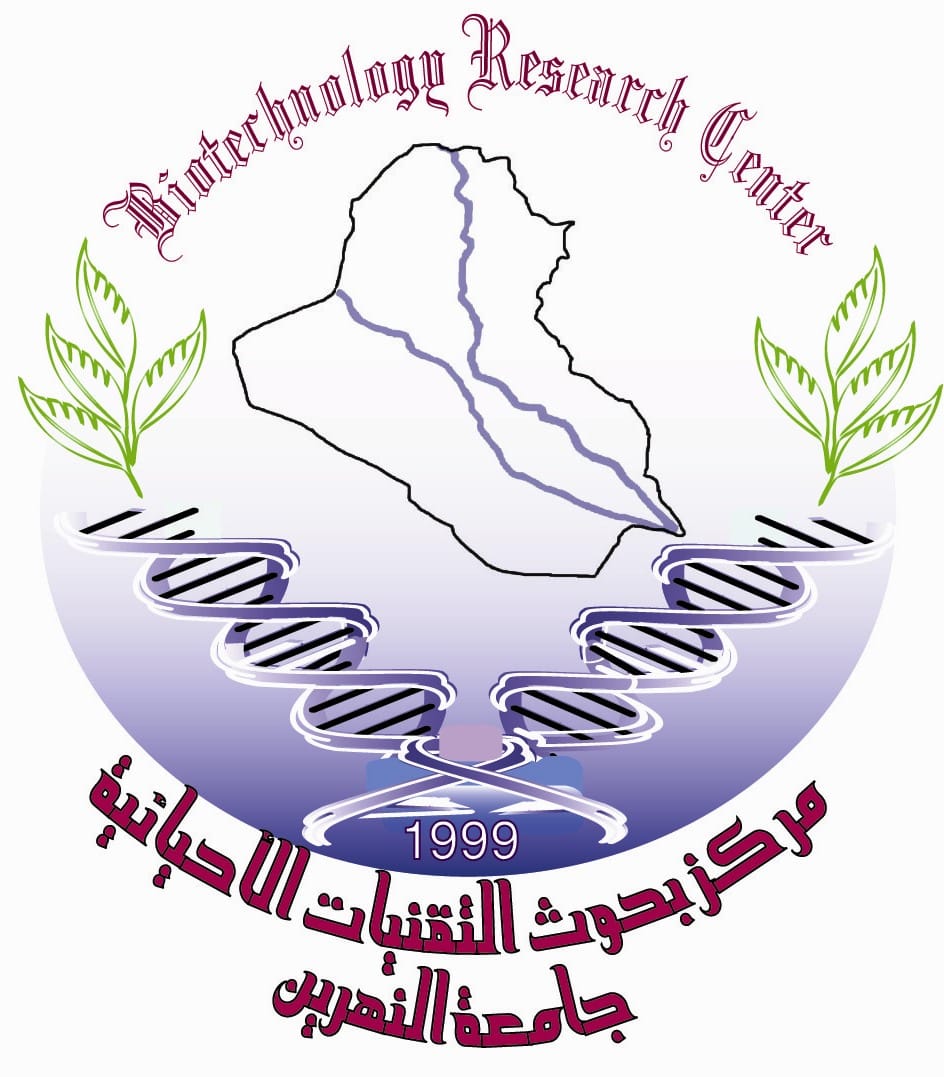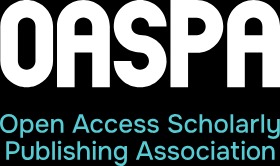In Vitro study for hesperidin nanoparticles effect on phagocytic activity against Staphylococcus aureus
DOI:
https://doi.org/10.24126/jobrc.2018.12.2.536Keywords:
Hesperidin nanoparticles, PLGA, Poloxamer 407, Staphylococcus aureus, phagocytic activityAbstract
Hesperidin is one of the flavonoids from citrus peels and it recognized to possess various biological activities such as, anti-inflammatory, anti-carcinogenic, antioxidant and antimicrobial potentials. The present investigation studies the immunological adjuvant influence of hesperidin nanoparticles. Hesperidin nanoparticles were prepared by nano-precipitation technique by using Poly (D, L-lactic-co-glycolic acid) (PLGA) polymer and Poloxamer 407 was used as a stabilizer. This method was used because of their advantage of low setup cost and simplicity. Hesperidin nanoparticles were characterized by fourier transform infrared spectroscopy (FTIR), scanning electron microscopy (SEM), X-ray diffraction (XRD) and particle size analysis (PSA) analytical methods. The effect of hesperidin nanoparticles was higher than the effect of pure hesperidin, and there was an obvious increase in phagocytosis index (PI 82%) of hesperidin nanoparticles when compared with pure hesperidin (PI 56%) and in comparison with the control samples (PI 22%). In conclusion we need further studies about if nano-hesperidin has therapeutic effects.
Downloads
Published
How to Cite
Issue
Section
License
This is an Open Access article distributed under the terms of the creative commons Attribution (CC BY) 4.0 license which permits unrestricted use, distribution, and reproduction in any medium or format, and to alter, transform, or build upon the material, including for commercial use, providing the original author is credited.











